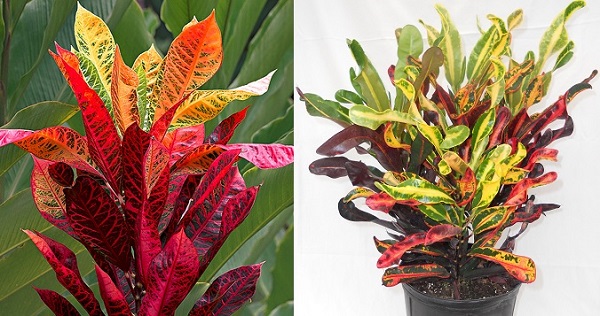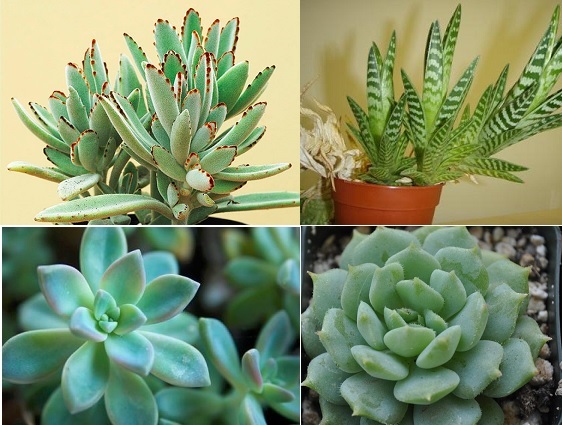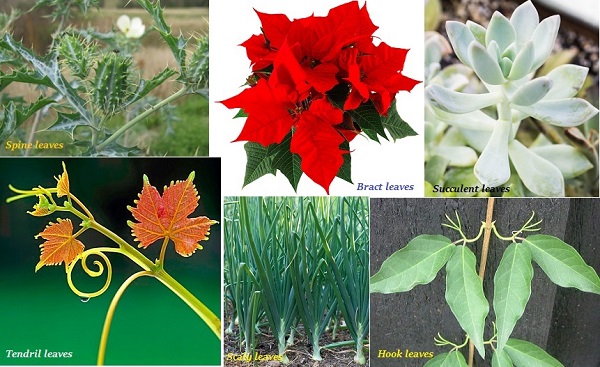
- Biology - Home
- Biology - Classification of Organisms
- Biology - Cell Division
- Biology - Virus
- Biology - Bacteria
- Biology - Fungi
- Biology - The Roots
- Biology - The Plant Stem
- Biology - The Plant Leaf
- Biology - The Flowers
- Biology - The Fruit
- Biology - Plant Diseases
- Biology - The Blood
- Biology - Blood Group
- Biology - Human Brain
- Biology - Skeleton System
- Biology - Endocrine System
- Biology - Endocrine Diseases
- Biology - Carbohydrate
- Biology - Proteins
- Biology - Fats
- Biology - Vitamins
- Biology - Minerals
- Biology - Genetic Terminology
- Organisms & their Chromosome Counts
- Biology - Viral Diseases
- Biology - Bacterial Diseases
- Branches of Biology
- Inventions & Discoveries in Biology
- Nobel Prize in Biology
Biology - The Plant Leaf
Introduction
Leaves, usually, are thin and flattened organs, borne above ground.
There are varieties of leaves in terms of shapes, sizes, and textures. Likewise, different species of plants have different shapes, sizes, and textures of leaves.

Some varieties of leaves are thick and juicy (especially of succulent plants).
Leaves are usually of green color because of the presence of chloroplast.
However, some show plants have colorful leaves (see image given below) −

Succulent plants often have thick juicy leaves, but some leaves are without major photosynthetic function and may be dead at maturity, as in some cataphylls and spines (see image given below).

Functions of Leaves
-
Following are the major functions of leaves −
Leaves prepare food through photosynthesis.
Leaves are the most important parts through which plants respire.
Some leaves also store foods for the contingency period.
Leaves assist in reproduction and pollination.
Some leaves (especially of succulents plants shown above), store chemical energy and water.
Modified Leaves
To survive in an adverse environment, some of the plant species (especially leaves) modified themselves. Following are the list of such leaves −
Spine leaves − Such leaves are look like spines, e.g. cactus plants (see image below).
Bract leaves − Also known as pseudanthia (or false flowers), they are colorful leaves (see image below).
Succulent leaves − These leaves store water and organic acids (see image below).
Tendril leaves − Such leaves take the form of tendril and support plant to climb, e.g. pea plants (see image below).
Scaly leaves − Some leaves modify themselves to protect buds known as scaly leaves, e.g. onion, garlic, etc. (see image below).
Hook leaves − Such leaves modified as nails known as hook leaves, e.g. Bignonia (see image below).

Pitcher leaves − Such leaves trap insects, e.g. pitcher plant. This is known as carnivorous plant (see image given below).
